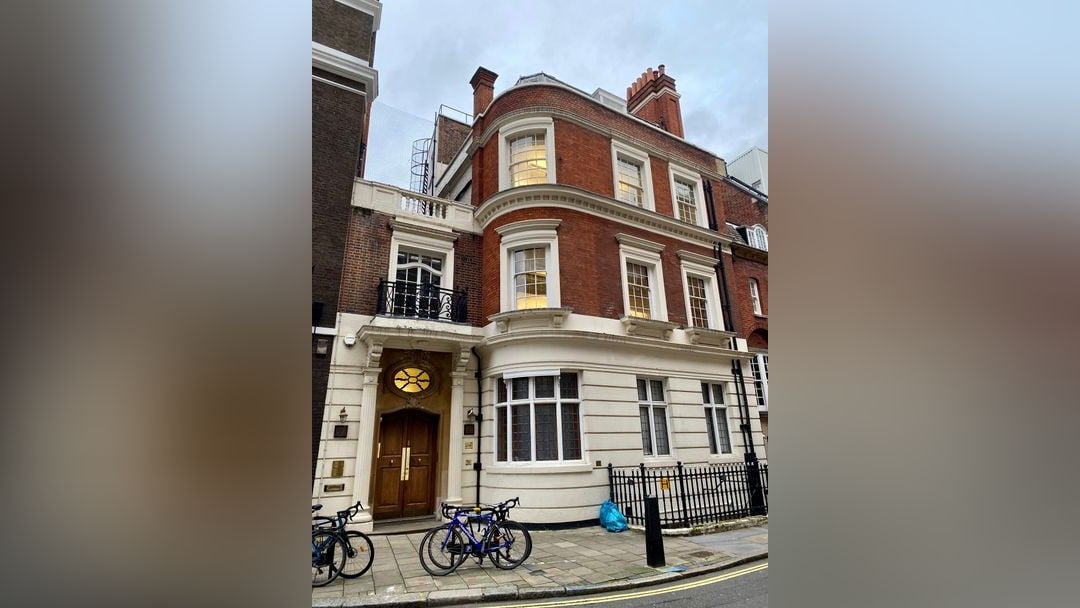Mohammed Hegab v The Spectator: libel, truth defence and inflammatory speech

Defamation case explores media responsibility and truth defence in religious community tensions.
The recent judgement in Mohammed Hegab v The Spectator (1828) Limited & Anor provides crucial insights into the application of defamation law where inflammatory speech intersects with community tensions. Presided over by the Honourable Mr Justice Johnson in the King's Bench Division, the case examined libel claims arising from media coverage of inter-community unrest.
Mohammed Hegab, a preacher and Youtuber, brought defamation proceedings against The Spectator following publication of an article titled "Leicester and the downside with diversity", written by political commentator Douglas Murray. The piece alleged that Hegab had acted as a “street agitator” who incited violence against the Hindu community during disturbances in Leicester during summer 2022. The article specifically claimed he had "whipped up a mob", ridiculed Hindu beliefs, and exacerbated tensions between Muslim and Hindu communities during documented civil unrest.
Defamatory meaning and reputational harm
Mr Justice Johnson established that the article's central allegation—that Hegab incited hatred and violence—constituted a serious defamatory imputation capable of causing substantial reputational damage. The court recognised that connecting an individual to civil unrest and community violence represents inherently damaging content requiring careful legal scrutiny.
The judgement highlighted the challenges in establishing both defamatory meaning and quantifiable harm in cases involving public figures with controversial profiles. Hegab's public speeches, which included disparaging remarks about Hindu beliefs, such as describing concepts of reincarnation as “pathetic, weak and cowardly”, were central to the defendants' truth defence strategy. While Hegab claimed his target was “Hindutva” an extremist ideology, rather than Hinduism itself, the court rejected this as “nonsensical” noting his words were directly critical of Hindu beliefs.
Truth defence and contextual analysis
The defendants' primary defence rested on establishing the substantial truth of their allegations. Justice Johnson examined Hegab's recorded public addresses, noting that whilst he did not explicitly use the term "Hindus", his rhetoric clearly targeted the Hindu community within a charged environment where actual violence had erupted between communities.
The court's analysis emphasised the importance of contextual interpretation when assessing inflammatory speech. The judgement considered not merely the literal content of Hegab's words, but their broader implications within the specific circumstances of inter-community tensions and documented violence.
Digital amplification and reputational impact
A significant aspect of the judgement concerned social media's role in amplifying potentially defamatory content. Video footage of Hegab's speeches had garnered substantial online viewership, potentially exceeding the reach of the original Spectator article. This raised complex questions about causation and the extent to which the publication itself caused measurable reputational harm.
The court ultimately found that while the article likely caused some reputational damage, Hegab's existing public persona and controversial statements complicated efforts to establish that the publication significantly worsened his standing within relevant communities.
Judicial determination
Justice Johnson dismissed Hegab's claims, concluding that the defendants had successfully demonstrated the substantial truth of their allegations. The judgement established that the article's implications regarding Hegab's role in inciting community tensions were sufficiently supported by evidence of his public statements and conduct.
The case demonstrates the rigorous evidential standards required when pursuing defamation claims involving public figures who engage in controversial discourse. It reinforces the robustness of the truth defence where defendants can substantiate their allegations through documented evidence, even when dealing with sensitive community relations and inflammatory speech.
Moreover, the judgement also provides clear precedent for cases involving media coverage of community tensions, establishing clear parameters for assessing defamatory meaning whilst acknowledging the complexities of digital amplification in determining reputational harm.
